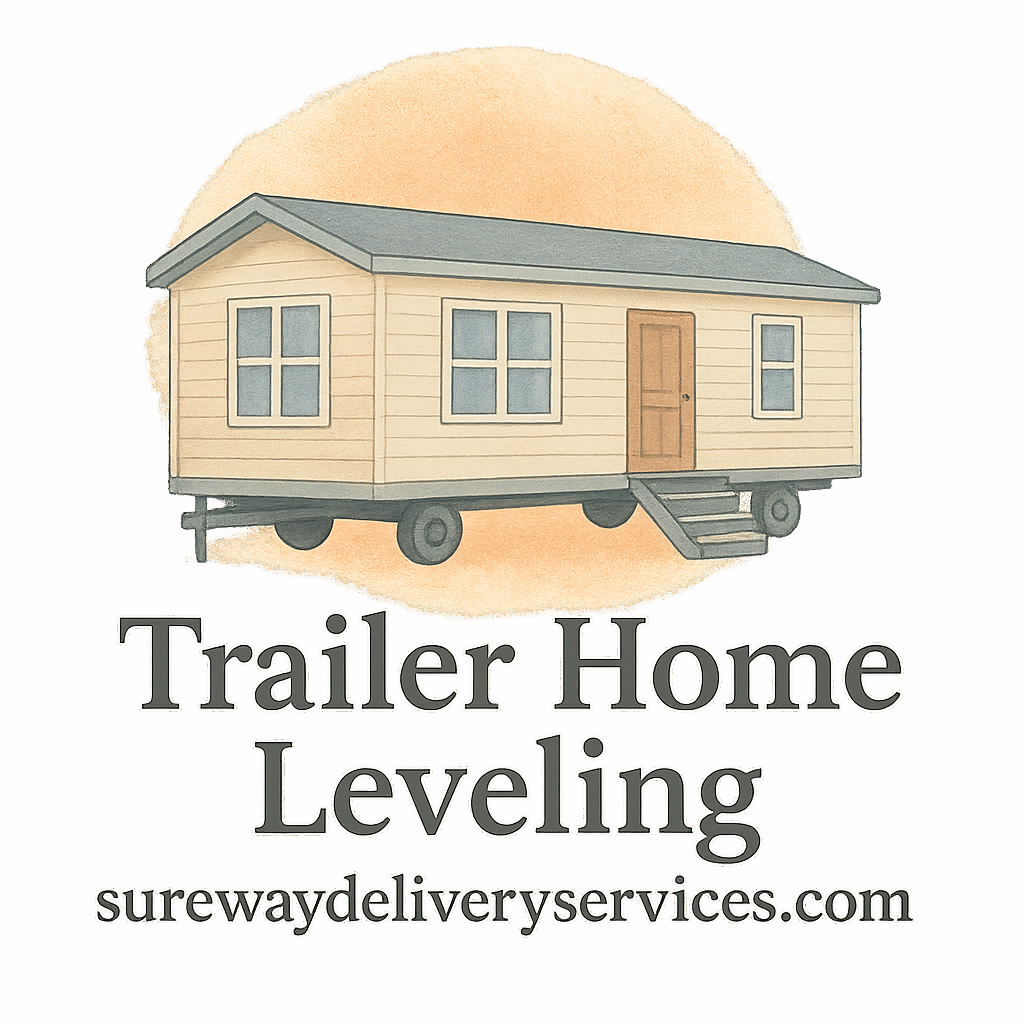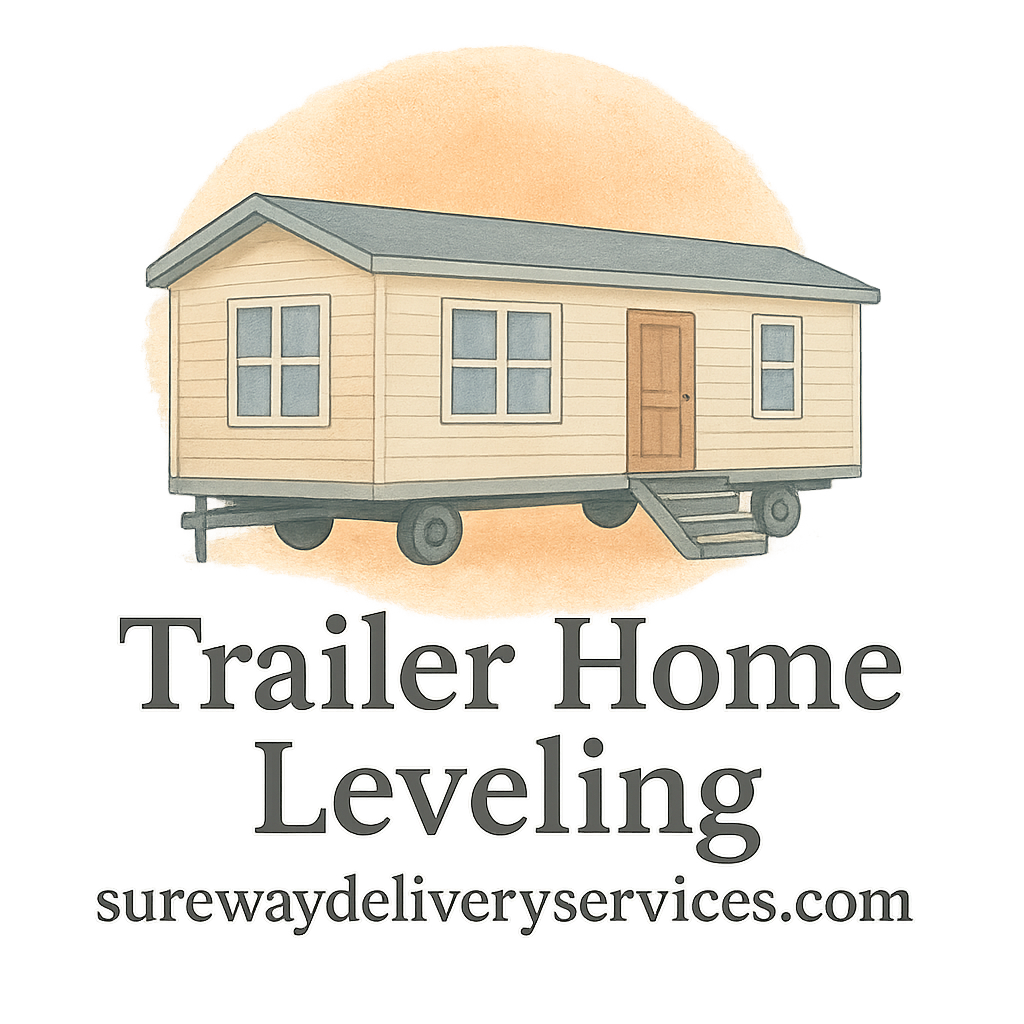Introduction to Home Leveling
If your floors feel slanted, your doors won’t close right, or your walls have cracks that seem to grow overnight, you might be facing a leveling issue with your home. Whether it’s a traditional house or a mobile/trailer home, the foundation is the heart of the structure. And when it shifts, it takes everything else with it.
Home leveling is the process of restoring your home to its original position. It’s not just about jacking up a sagging corner; it involves comprehensive analysis, tools, skills, and a lot of planning. A full home leveling service package ensures everything is covered — and we’re about to break down exactly what’s included in that.
If you’re new to the topic, check out our Basics & Introduction to home leveling first.
Why You Need a Full Home Leveling Service Package
Imagine trying to fix a crooked picture frame on a sinking wall — it’s pointless without fixing the wall first. That’s what piecemeal home leveling attempts often feel like. A full service package ensures no part is missed and gives your home a solid, long-term foundation. It’s the difference between a patch-up and a professional restoration.
Let’s get into the nitty-gritty — here are the 9 key things included in a complete home leveling service.
1. Detailed Initial Inspection
Signs That Your Home Needs Leveling
Professionals begin by inspecting for visual cues and structural signs. These can include:
- Cracks in drywall
- Sticking doors/windows
- Sloping floors
- Gaps around cabinets or counters
These are all part of a thorough checklist a pro uses to diagnose leveling needs.
Tools Used During Inspections
From digital levels to laser measuring tools, professionals rely on high-tech equipment to detect even the slightest imbalances. Trailer home leveling often involves specialized tools unique to mobile foundations.
2. Precise Foundation Assessment
Understanding Foundation Types
Different homes, different foundations — slab, pier and beam, or trailer-specific systems. Each type requires a different approach and expertise. For mobile homes, understanding trailer details is crucial.
Evaluating Foundation Shifting or Settling
Soil movement, erosion, and even tree roots can cause foundation shift. Professionals assess how far things have gone — and how much correction is needed.
3. Use of Professional Jacking Equipment
How Jacks Work in Trailer Home Leveling
Jacking is the core of leveling. It involves lifting the foundation or support beams to restore level. Heavy-duty hydraulic jacks and mechanical screw jacks are commonly used in trailer home leveling — a delicate balance of force and precision.
Explore more about jacking tools and why DIY often isn’t enough.

4. Shimming and Support Adjustments
What Are Shims and Why Are They Vital?
Shims — those small wedges — play a massive role in home stability. After jacking, shims are inserted to hold everything in place. A quality service ensures shims are made from appropriate materials and placed at the right spots.
Support piers may also be added or repositioned depending on the trailer home structure.
5. Moisture and Drainage Evaluation
Preventing Future Foundation Problems
Water is the sneaky enemy of any foundation. Your leveling package should include drainage analysis to spot issues like pooling water or downspouts too close to the foundation. This is where many homes go wrong — and repeat the same issues over and over.
Learn about long-term maintenance strategies to protect your investment.
6. Framing and Skirting Inspection
How Frame Integrity Affects Leveling
The frame is the skeleton of your home. If it’s warped or compromised, leveling becomes trickier. A full service package includes a detailed look at skirting and frame alignment. For trailer homes, skirting affects airflow and moisture — two big maintenance concerns.
7. Re-Leveling and Re-Balancing Process
Step-by-Step Overview
Now comes the action:
- Identify low/high points.
- Use jacks to lift in incremental stages.
- Insert shims and adjust piers.
- Check alignment throughout.
This step is where everything aligns (literally). It takes precision and experience — another reason to leave this to a trusted service provider.
8. Post-Leveling Final Inspection
Checklist of Quality Assurance Tasks
You’re not done until you’re sure. A final inspection involves:
- Floor level checks
- Support pier inspection
- Stability tests
- Frame and skirting confirmation
We also recommend a follow-up maintenance schedule be discussed.
9. Maintenance Guidance and Service Plan
Long-Term Tips for Home Stability
Your leveling team should leave you with more than a bill — they should provide:
- Custom maintenance tips
- Suggested tools for upkeep
- Seasonal inspection reminders
Setting Up Regular Annual Inspections
An annual checkup is the best way to avoid major future expenses. Even if nothing seems wrong, small shifts can lead to big issues.
How Much Does a Full Home Leveling Service Cost?
Prices vary based on location, foundation type, and extent of leveling. On average:
- Trailer home leveling: $500–$3,000+
- Full-house foundation leveling: $3,000–$10,000+
Get tips on cost and budgeting, including how to avoid overcharges and spot fair service packages.
How to Choose the Right Leveling Service Provider
Look for:
- Great customer reviews
- Proven success stories
- Fair pricing
- Solid recommendations
Picking the right provider means fewer headaches and better long-term results.
Conclusion
Home leveling isn’t just about jacking things up — it’s a complete, strategic process that covers inspection, repair, support, and future planning. A full home leveling service package gives you peace of mind that no detail is missed and no corner is cut.
So, whether you’re dealing with a sinking trailer home or a house showing foundation stress, don’t just patch the problem — fix it right. With the right team and a comprehensive service, your home will stand straight and strong for years to come.
Ready to level up? Visit Trailer Home Leveling to explore more.
FAQs
1. How long does a full home leveling service take?
Usually between 1–3 days, depending on the size and severity of the leveling required.
2. Can I stay in my home during the leveling process?
Yes, in most cases — especially for mobile homes. But some situations may require temporary vacating.
3. Is home leveling a permanent fix?
With proper maintenance, yes. However, ongoing soil movement may eventually require minor adjustments.
4. Will leveling crack my walls or damage plumbing?
Minimal cracking can occur, but professional services know how to mitigate those risks.
5. How often should I recheck my home’s level?
At least once a year. An annual inspection is ideal.
6. Are trailer homes harder to level than traditional homes?
They’re different, not harder. They require specialized tools and methods — learn more here.
7. What’s the biggest sign I need leveling ASAP?
Uneven floors combined with door and window misalignment — a classic trailer issue — should not be ignored.


